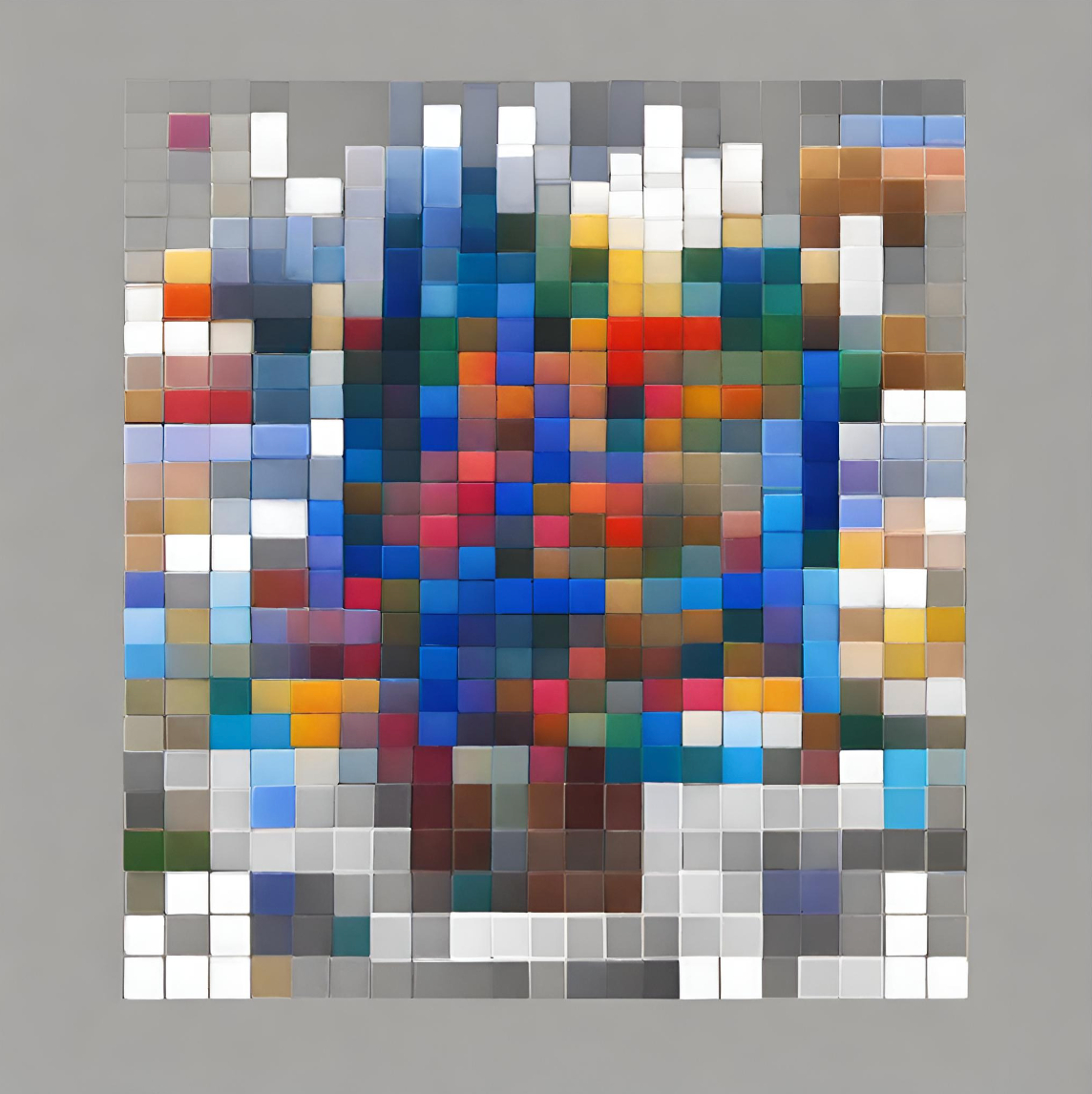126 reads
Researchers Build Public Leaderboard for Language Processing Tools
by
December 30th, 2024
Audio Presented by

Morphology sculpts meaning and structure, fostering a sustainable understanding of the world's diversity.
Story's Credibility

About Author
Morphology sculpts meaning and structure, fostering a sustainable understanding of the world's diversity.